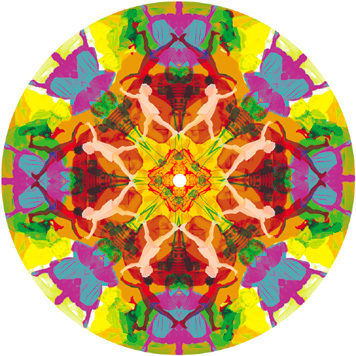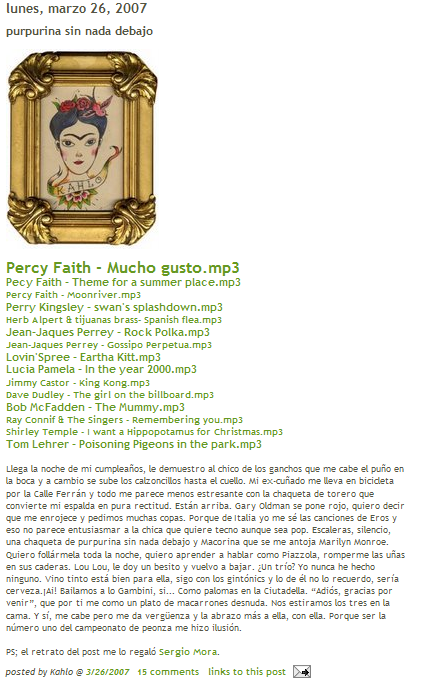I look at what it means to add real WiFi capability (as opposed to what Microsoft put in its Zune players) to a digital audio player, and how the Connect may signal the beginning of the post-iPod era.
— and a longer piece in the LA Times:
SanDisk ranks a distant number two to Apple in digital music player sales, accounting for less than 10% of the market compared to more than 70% for Apple’s iPods. But its new Sansa Connect player provides a glimpse of what a post-iPod world might look like, with players tapping into online jukeboxes and friends’ collections instead of relying on the tracks stored inside them.
Apple is not an internet company. It doesn’t matter whether the devices it sells are connected via telephone or internet or not at all. In the days when the soul of the company was being formed, it was primarily the third option — these computers were not designed with connectivity a forethought.
Its contemporary flagship — the iPod –has only a hardware bus, which is a throwback to the Wozniak days almost 30 years ago. This is a device which is fundamentally disconnected, just a brick with power cables and headphones.
That’s why the iPhone makes just as much sense for Apple as an internet device would have. You could add a dial-up modem to the iPod and it would be an improvement. There’s nowhere to go but up.
It’s also why the Sansa thing is special: it looks to become the first wifi music device which manages to cover its bills and stay in business. Portable music devices need to get hooked up to the internet. The telecoms are blocking that; the iPhone is part of the blockage.
Not to say that the Sansa is all that open, since it can only get network music from Yahoo, but my guess is that Sansa took that approach for simplicity, so that they could have a narrowly defined target for their first ship date.


